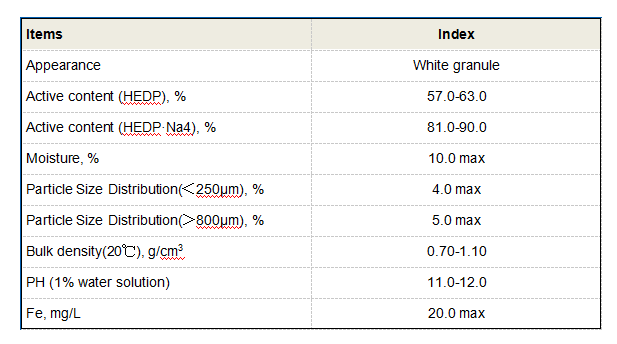coagulation flocculation
Understanding Coagulation and Flocculation in Water Treatment
Coagulation and flocculation are essential processes in water treatment, playing a crucial role in ensuring clean and safe drinking water. These two techniques work in tandem to remove suspended solids, pathogens, and other impurities from water sources, thereby improving water quality and making it suitable for consumption and various industrial applications.
Coagulation The First Step
Coagulation is the first step in the water treatment process. This phase involves the addition of coagulants—chemical agents that promote the aggregation of small particles in water. Common coagulants include aluminum sulfate (alum) and ferric chloride. When these chemicals are added to water, they neutralize the negative charges on the surface of suspended particles, which prevents them from repelling each other and allows them to come together.
The process begins with rapid mixing, which ensures that the coagulant is evenly distributed throughout the water. This mixing phase is critical because it maximizes the interaction between the coagulant and the particles. As the coagulant is dispersed, it forms a sticky precipitate that envelopes the suspended particles, clumping them together into larger aggregates known as “flocs.”
Flocculation The Follow-Up Process
After coagulation, the water treatment process moves on to flocculation. This stage involves gentle stirring, allowing the flocs to grow larger without breaking apart. Flocculation is crucial because larger flocs are easier to remove from the water. During this phase, the mixing speed is reduced, which encourages the collision of smaller flocs, leading to the formation of larger, more easily removed aggregates.
The effectiveness of the flocculation process is influenced by various factors, including the type and dosage of the coagulant, the pH of the water, temperature, and the duration of mixing. Optimal conditions ensure the formation of robust flocs that can be efficiently removed in subsequent processes.
The Benefits of Coagulation and Flocculation
coagulation flocculation

1. Improved Water Quality The primary goal of coagulation and flocculation is to enhance the quality of water. By removing particulate matter, including silt, clay, and microorganisms, these processes contribute to a lower turbidity level, making the water clearer and safer for consumption.
2. Cost-Effective Coagulation and flocculation are relatively low-cost methods compared to advanced filtration and disinfection techniques. Utilizing coagulants can significantly reduce the need for more expensive technologies, making it an economically viable option for water treatment facilities.
3. Reduction of Chlorine Demand When the water is pre-treated through coagulation and flocculation, the total organic content is reduced. This leads to a decrease in chlorine demand during disinfection, which can result in lower operational costs and reduced formation of harmful disinfection byproducts.
4. Facilitates Further Treatment By producing larger flocs, coagulation and flocculation simplify subsequent treatment stages. Larger aggregates can be more readily removed by processes such as sedimentation or filtration, further enhancing the overall efficiency of water treatment systems.
Challenges and Considerations
While coagulation and flocculation provide numerous benefits, several challenges must be addressed. The choice of coagulant is critical, as some may introduce additional contaminants into the water. Additionally, the optimization of coagulation and flocculation parameters can be complex, requiring careful monitoring to achieve desired results.
Moreover, environmental concerns have led to increased scrutiny of chemical use in water treatment. Many facilities are exploring alternative coagulants, such as natural organic coagulants and environmentally friendly options, to minimize negative impacts on ecosystems.
Conclusion
Coagulation and flocculation are indispensable processes in water treatment, positively impacting public health and environmental protection. By effectively removing suspended solids and impurities, these processes play a vital role in providing safe drinking water and maintaining water quality. As technology and research advance, the processes will continue to evolve, offering new solutions to meet the growing demand for clean water in an ever-changing world. The future of water treatment lies in the continued refinement of coagulation and flocculation practices, ensuring that access to safe and clean water remains a reality for generations to come.
-
Water Treatment with Flocculant Water TreatmentNewsJun.12,2025
-
Polymaleic AnhydrideNewsJun.12,2025
-
Polyaspartic AcidNewsJun.12,2025
-
Enhance Industrial Processes with IsothiazolinonesNewsJun.12,2025
-
Enhance Industrial Processes with PBTCA SolutionsNewsJun.12,2025
-
Dodecyldimethylbenzylammonium Chloride SolutionsNewsJun.12,2025





